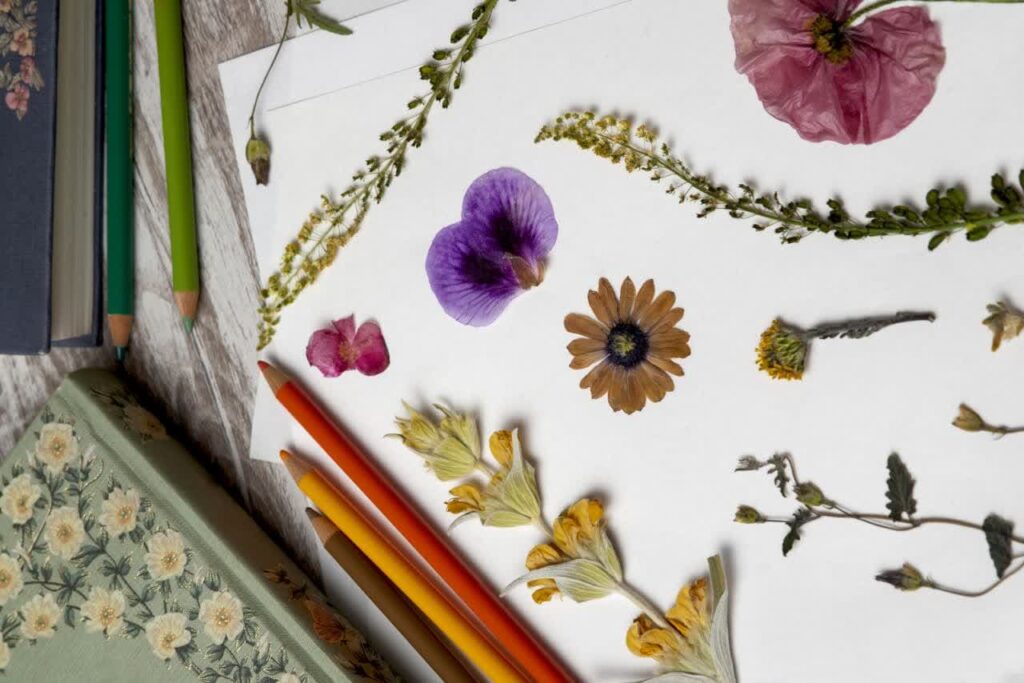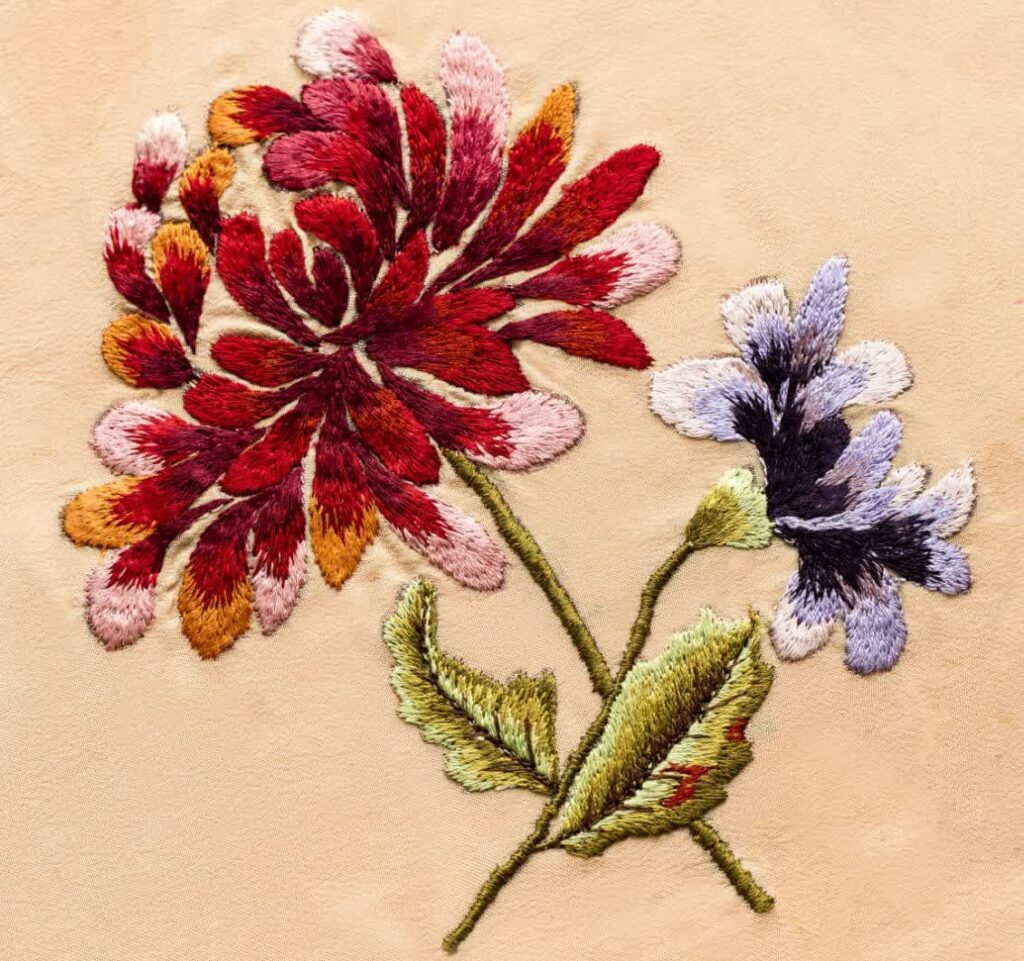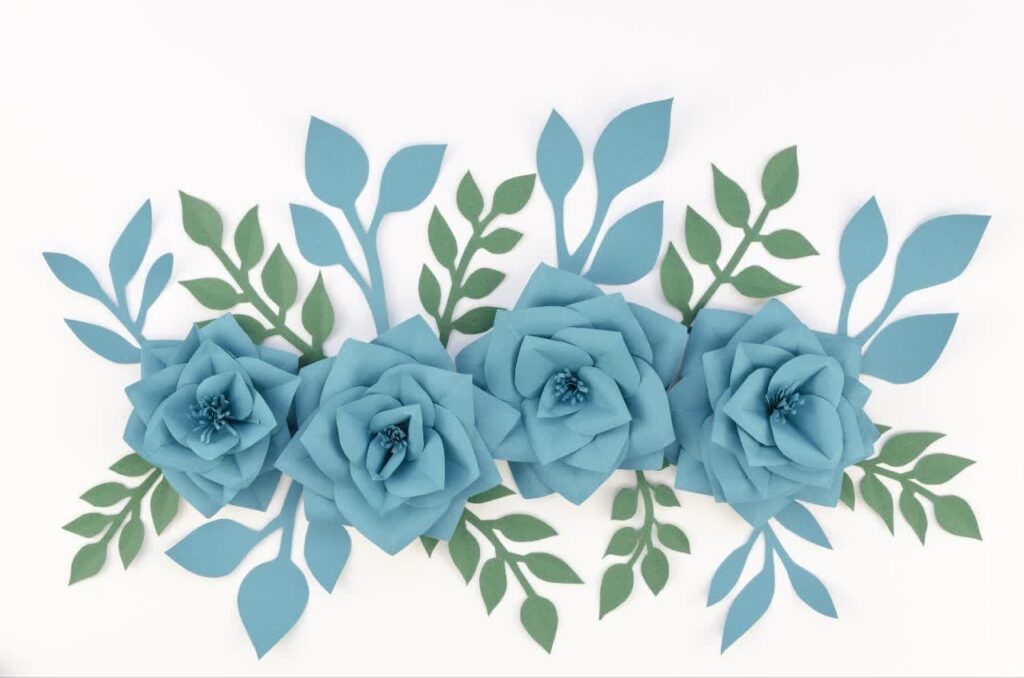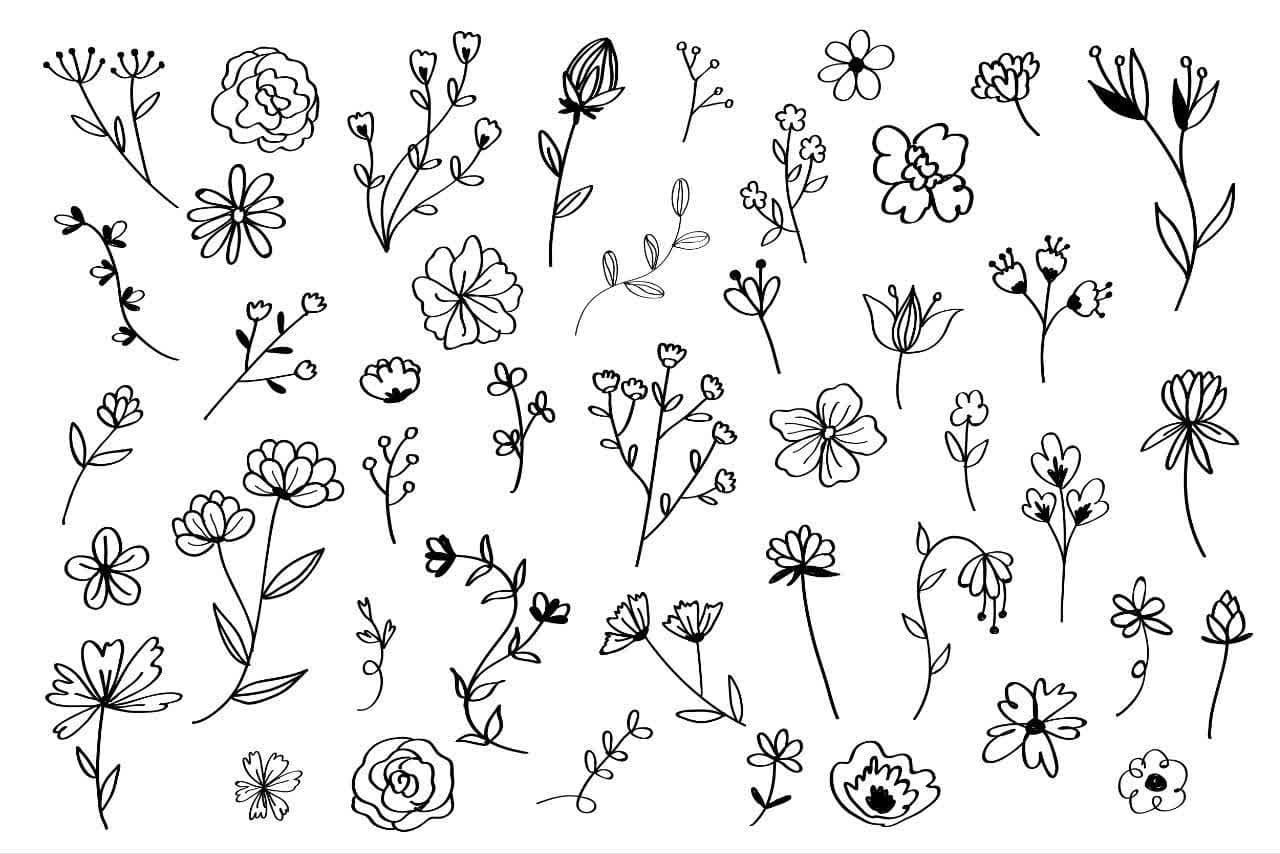A beautiful depiction of a flower through the art of drawing can be created by an individual with a keen eye for detail and a steady hand. The process of flower drawing involves carefully observing the intricate details of the flower, such as the shape of the petals, the arrangement of the leaves, and the delicate curves of the stem. By paying close attention to these elements, the artist can capture the essence of the flower and bring it to life on paper.
Embrace the Therapeutic Power of Flower Drawing
In today’s fast-paced world, stress has become an inevitable part of our lives. We constantly seek ways to escape its clutches and rediscover our inner creativity. One such beautiful escape is Flower Drawing. Through this article, we will explore the enchanting world of drawing flowers, an art form that not only relieves stress but also nurtures creativity.

The Healing Essence of Flower Drawing
Flower Drawing is more than just putting pencil to paper; it’s a form of meditation. As you meticulously draw each petal and stem, your mind transcends the worries of the day. The delicate strokes of your pencil mimic the gentleness of nature, creating a soothing effect that can be immensely stress-relieving.
Boosting Creativity Through Floral Inspiration
When you engage in Flower Drawing Therapy, you immerse yourself in the intricate details of nature’s creations. This deep connection with the organic beauty of flowers acts as a wellspring of inspiration. It opens the floodgates of creativity, allowing your artistic ideas to flourish.
The Therapeutic Process
1. Select Your Canvas: Choose a canvas or a piece of paper that resonates with your artistic spirit.
2. Gather Your Supplies: Collect your preferred drawing materials, be it colored pencils, watercolors, or simple graphite.
3. Find Your Zen: Create a serene atmosphere for yourself. Light a scented candle, play calming music, and let your mind wander.
4. Choose Your Flowers: Select the flowers that resonate with your emotions. Each flower carries a unique aura, and you can choose one that aligns with your current state of mind.
5. Sketching the Beauty: Start sketching the flowers with a relaxed mind. Don’t worry about perfection; it’s the process that counts.
6. Color Your World: Add color to your drawings, enhancing the vibrancy of your chosen flowers.
7. Reflect and Relax: Take a moment to admire your creation. Feel the stress melting away as you marvel at your artwork.
8. Repeat as Needed: Whenever stress creeps in, repeat the process, and let your creativity bloom.
The Flower Drawing on what?
Flower drawing is a captivating art form that can be expressed on various mediums, each offering its own unique characteristics and challenges. One popular medium for flower drawing is paper, which provides a smooth and versatile surface for artists to work on. When drawing flowers on paper, artists can use a variety of techniques such as pencil, pen, or colored pencils to create intricate details and vibrant colors. The texture of the paper can also add depth and dimension to the artwork, enhancing the overall visual appeal of the flower drawing.
Another medium that artists often explore for flower drawing is canvas. Canvas offers a more textured surface compared to paper, allowing artists to experiment with different brush strokes and techniques. Flower drawings on canvas can be created using various mediums such as acrylic or oil paints, which offer a wide range of colors and textures. The larger size of canvas also allows for more intricate and detailed flower drawings, making it a popular choice for artists looking to create bold and impactful floral artwork.

In addition to paper and canvas, flower drawing can also be done on unconventional mediums such as wood or fabric. Drawing flowers on wood provides a unique and rustic aesthetic, with the natural grain of the wood adding an interesting element to the artwork. Artists can use wood burning techniques or paint directly on the surface to create stunning flower drawings that stand out. On the other hand, drawing flowers on fabric offers a different set of challenges and opportunities. Artists can use fabric markers or paints to create vibrant and colorful flower designs on textiles, which can then be used for various purposes such as clothing, home decor, or even quilting.
The Benefits of Flower Drawing Therapy
– Stress Reduction: Flower drawing offers a unique escape from the daily grind, allowing you to unwind and de-stress.
– Enhanced Focus: The concentration required for intricate drawing sharpens your focus and mindfulness.
– Boosted Creativity: Engaging with the intricate details of flowers sparks your imagination, promoting creative thinking.
– Self-Expression: Your drawings are a reflection of your emotions, providing a healthy outlet for self-expression.
– Sense of Accomplishment: Completing a beautiful flower drawing gives you a sense of achievement and pride.
Incorporating Flower Drawing into Daily Life
Embracing *Flower Drawing Therapy* doesn’t require artistic prowess. It’s about the journey, not the destination. Dedicate a few minutes each day to immerse yourself in the therapeutic world of flower drawing. Over time, you’ll notice the positive impact on your stress levels and your blossoming creativity.

Popularity of Flower Drawing
Flower drawing has long been a popular subject among artists, and there are several notable figures who have made significant contributions to this art form. One such notable artist is Vincent van Gogh, whose vibrant and expressive flower drawings have become iconic in the art world. Van Gogh’s use of bold colors and dynamic brushstrokes brings his flower drawings to life, capturing the essence and beauty of each bloom.
Another notable artist in the realm of flower drawing is Georgia O’Keeffe. O’Keeffe’s unique approach to depicting flowers focuses on their intricate details and abstract forms. Her large-scale flower drawings, often zooming in on specific parts of the flower, create a sense of intimacy and allow viewers to appreciate the delicate intricacies of each petal and stamen.
In addition to these well-known artists, there are also many contemporary artists who have made a name for themselves in the world of flower drawing. These artists often experiment with different techniques and styles, pushing the boundaries of traditional flower drawing. Some may incorporate mixed media, such as collage or digital elements, into their drawings, while others may explore unconventional perspectives or compositions. These contemporary artists bring a fresh and innovative approach to flower drawing, adding to the rich and diverse history of this art form.
Conclusion
Flower Drawing is a powerful tool for stress relief and a nurturing ground for creativity. Through its calming effects and the inspiration it ignites, you can find solace in the world of flowers. So, grab your drawing materials and embark on a journey to a stress-free, creative sanctuary. Allow the beauty of flowers to heal your soul and awaken your inner artist.

